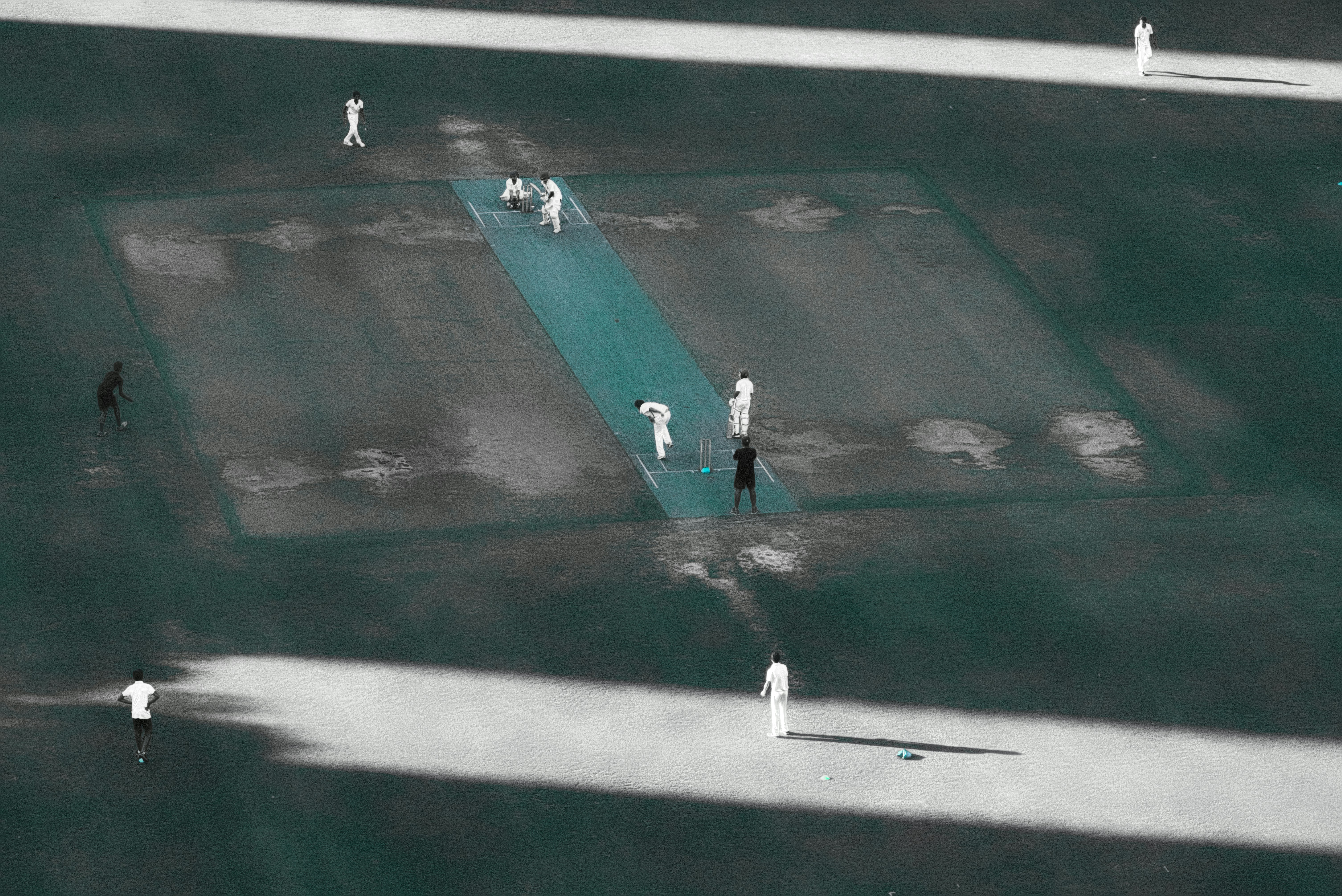Discover how ODI cricket transformed the sport since the 1970s, shaping modern gameplay and fan engagement.
Understanding One Day Internationals (ODI): A Comprehensive Guide
Historical Context of ODI
The One Day International (ODI) format of cricket emerged in the 1970s, significantly altering the landscape of the sport. The inaugural match was played on January 5, 1975, between England and Australia at the Melbourne Cricket Ground. The ODI was conceived as a response to the declining spectatorship of Test cricket, offering a more condensed and action-packed version of the game that appealed to a broader audience.
The format quickly gained traction, becoming a staple of the international cricket calendar. The first ODI World Cup was held in 1975, a tournament that showcased the best talents in the format and laid the groundwork for future events. This marked the beginning of a new era, captivating fans with its unique blend of strategy, excitement, and skill.
The Structure of ODI Matches
An ODI match typically consists of two innings, each played by one team, where the team batting first aims to score as many runs as possible in a set number of overs, generally 50. The batting team carries out their innings while the opposing team fields and bowls, attempting to restrict the runs scored.
Each match commences with a coin toss, where the winning captain decides whether to bat or bowl first. This decision is often influenced by pitch conditions, weather forecasts, and the specific strengths of the teams involved.
Key Rules and Regulations
The Laws of Cricket govern ODIs, with unique modifications for the format. Here are some critical rules and regulations to consider:
-
Innings and Overs: Each innings is typically limited to 50 overs. An over consists of six legal deliveries bowled by a bowler, making it a total of 300 legal deliveries in an ODI match.
-
Powerplays: The first ten overs of an ODI match are designated as the mandatory Powerplay. During this period, only two fielders are allowed outside the 30-yard circle. As the innings progresses, the fielding restrictions change, allowing for more offensive play, enhancing scoring opportunities.
-
Fielding Restrictions: Following the Powerplay, only four fielders are allowed outside the 30-yard circle till the 40th over, then, in the final ten overs, a maximum of five fielders can be placed outside the circle.
-
Ductile Runs: Unlike Test cricket, where matches can end in a draw, ODIs typically have a definitive result. If the match ends without a winner due to rain or other interruptions, the Duckworth-Lewis-Stern (DLS) method is employed to recalculate the target scores and determine the winner.
- Extra Runs: Besides the runs scored through hits, the batting side can also earn extras, a category that includes no-balls, wides, byes, and leg-byes. These can significantly affect the total runs scored.
Significant ODI Tournaments
Several tournaments have shaped the dynamics of ODI cricket:
-
Cricket World Cup: The premier international championship in the ODI format, held every four years, first took place in 1975 and has seen multiple memorable performances. Teams like Australia, India, and the West Indies have dominated different eras.
-
ICC Champions Trophy: Initially known as the ICC KnockOut tournament, this competition was introduced in 1998 and features the world’s top cricketing nations. Though discontinued after 2017, it has a rich history of showcasing competitive matches.
- Asia Cup: This regional tournament serves as a platform for Asian cricketing nations, providing thrilling competition.
- Stress Relief: 18 Highly Effective Strategies for Relieving Stress

Introduction to ODI Cricket
One Day International (ODI) cricket has evolved significantly since its inception. First played in 1975, ODI cricket has transformed the landscape of the sport, capturing the attention of millions around the globe. This format duly blends the excitement of limited overs with the skills of traditional cricket, leading to a more dynamic game.
The Development of ODI Rules and Format
Initially, ODIs were played with 60 overs per side, a format that soon transitioned to 50 overs in the 1980s. This change significantly influenced the pace of the game, making it more viewer-friendly. Additionally, the introduction of Powerplays and the utilization of various fielding restrictions further enhanced the format’s appeal. These modifications have contributed to the strategic depth and thrilling nature of ODIs, shaping how teams approach the game.
Impact on Global Cricket and Competitions
ODI cricket has been pivotal in promoting the sport on a global scale. The Cricket World Cup, initiated in 1975, has become one of the premier international sporting events, showcasing elite cricket talents from different nations. Over the years, ODI cricket has provided a platform for legendary players and memorable performances, enriching the sport’s history. As we look forward, the evolution of ODI cricket will continue to inspire new generations of fans and players alike.
Share this content:

